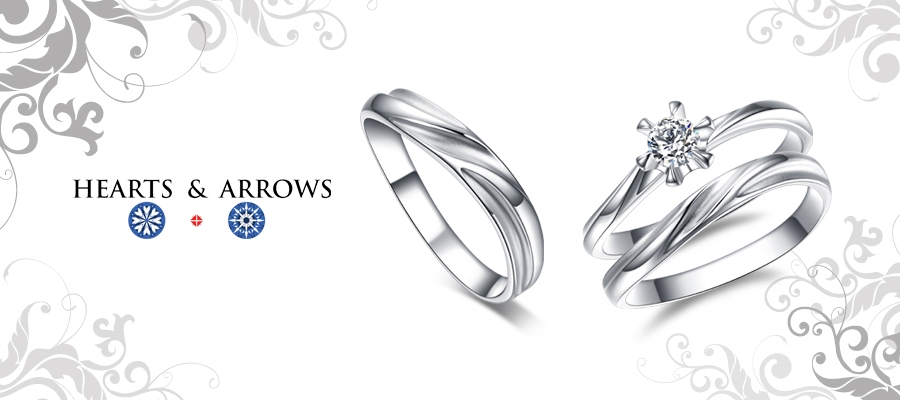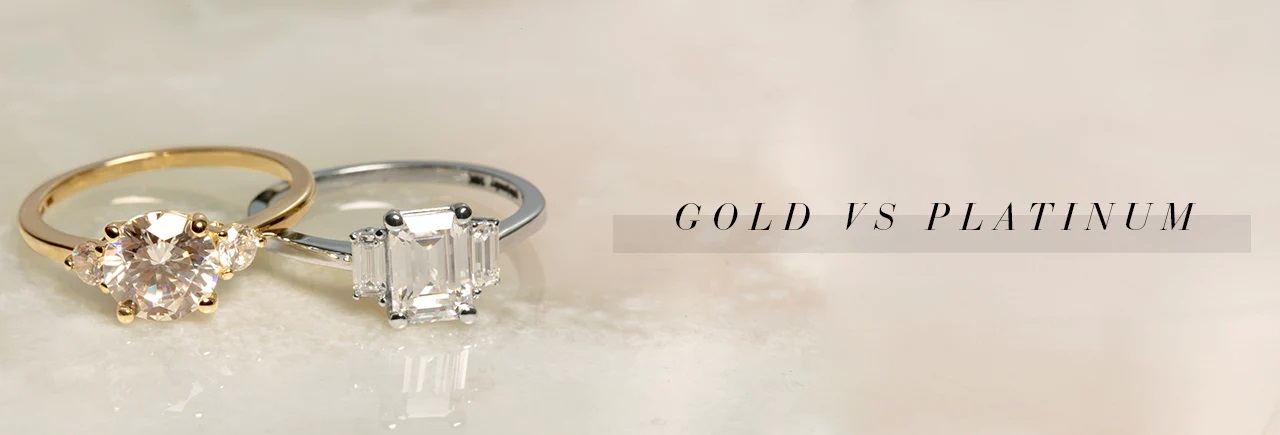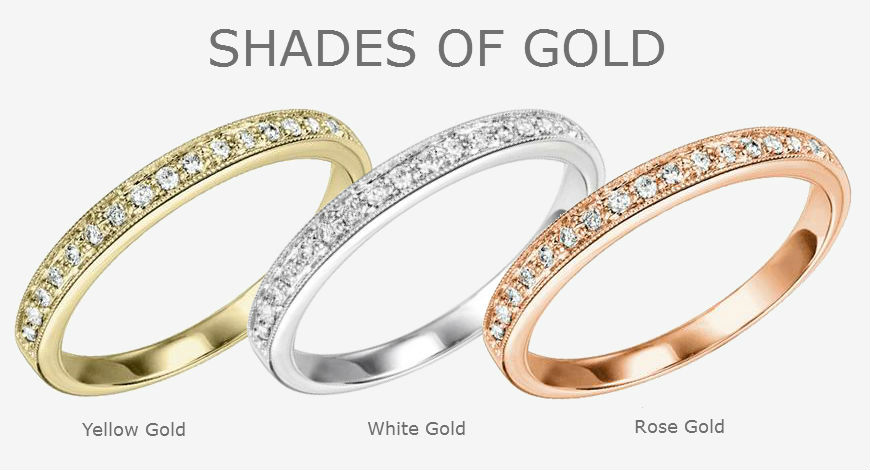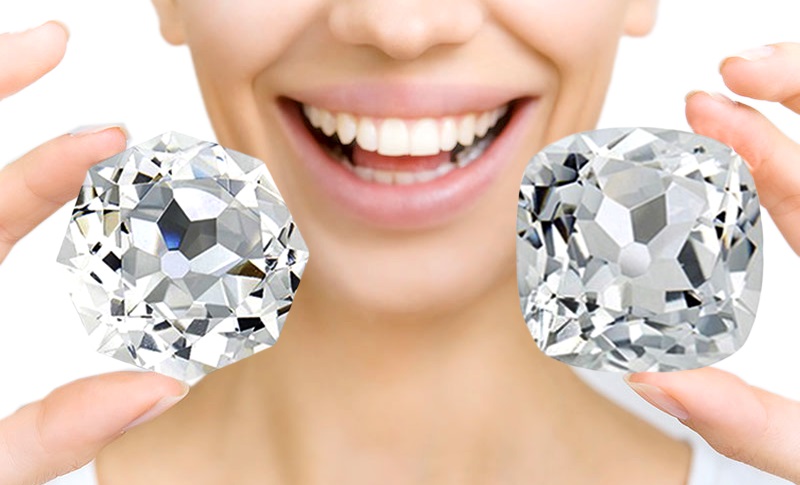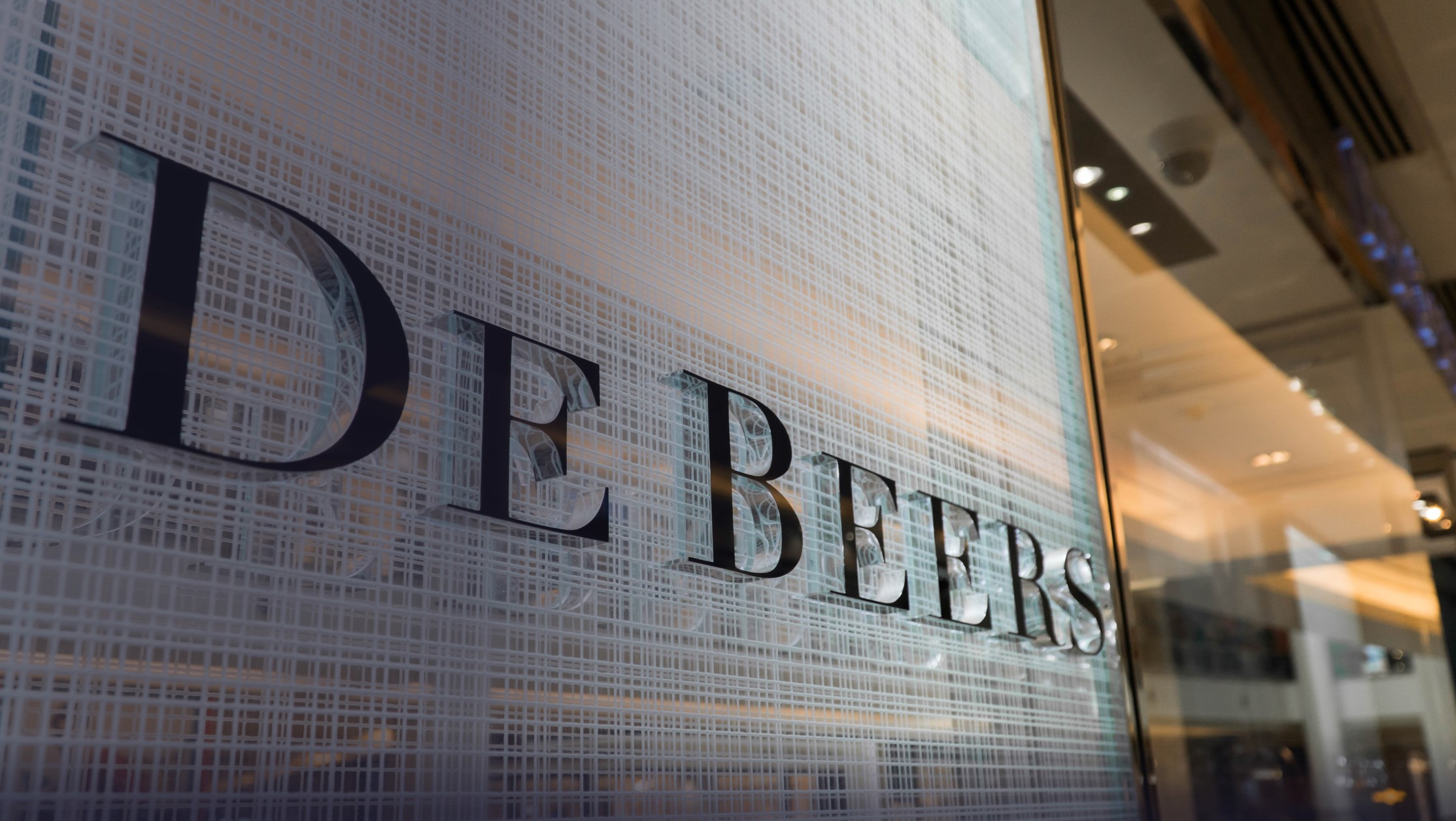Selecting the right metal for your ring is a decision that goes beyond aesthetics. It involves considering factors such as durability, lifestyle, personal preferences, and budget. With a plethora of metal options available, each with its own unique attributes, finding the perfect metal for your engagement or wedding ring requires careful consideration. This article delves into the world of ring metals, guiding you through the process of making an informed choice.
Which Type of Ring Metal Should You Choose?
Choosing the right type of ring metal is a decision that involves several considerations, including your lifestyle, personal preferences, skin sensitivities, and budget. Here’s a breakdown of different factors to help guide your choice:

1. Lifestyle: Consider your daily activities and whether you’ll be wearing the ring regularly. If you have an active lifestyle or work with your hands frequently, you might want to opt for a more durable and scratch-resistant metal.
2. Allergies and Sensitivities: Some individuals have allergies or sensitivities to certain metals. If you have experienced reactions to specific metals in the past, it’s important to choose a hypoallergenic metal that won’t cause discomfort or irritation.
3. Durability: If you’re looking for a metal that will stand the test of time and resist scratches and wear, focus on metals known for their durability.
4. Aesthetics: Different metals offer distinct colors and appearances. Consider the aesthetic you’re aiming for – whether you prefer a classic look, a modern feel, or something unique and unconventional.
5. Budget: Your budget will play a significant role in determining the type of metal you can choose. Some metals are more affordable than others due to factors such as rarity and manufacturing costs.
6. Maintenance: Certain metals require more maintenance to keep their appearance. Consider whether you’re willing to commit to regular cleaning and upkeep.
7. Symbolism and Meaning: The metal you choose can hold symbolic meaning. For example, platinum is often associated with endurance and purity, while rose gold is known for its romantic connotations.
Common Ring Metal Options:
1. Platinum: Platinum is a premium choice known for its exceptional durability, hypoallergenic properties, and timeless elegance. It’s a dense and heavy metal with a naturally white color that doesn’t require rhodium plating. However, platinum is also the most expensive option. You can put a diamond on your platinum ring as stated here on diamond vendor reviews.
2. Gold: Gold is a versatile metal available in various colors, including yellow, white, and rose gold. It offers a classic and timeless look. While pure gold is too soft for jewelry, it’s mixed with other metals to create different karat values, each with its own durability and color.
3. White Gold: White gold is created by alloying gold with white metals such as palladium or nickel and is then plated with rhodium for a bright white appearance. It offers a more affordable alternative to platinum while retaining a similar look.
4. Rose Gold: Rose gold has a warm and romantic hue due to the addition of copper in its alloy. It has gained popularity for its unique and trendy appearance.
5. Palladium: Palladium is a lightweight and durable metal with a similar appearance to platinum. It’s hypoallergenic and offers a more budget-friendly option with excellent durability.
6. Titanium and Tungsten: These alternative metals are known for their exceptional strength and durability. They are particularly popular for men’s wedding bands due to their rugged appearance.
7. Silver: Sterling silver is a more affordable option with a classic appearance. However, it’s less durable than other metals and may require more maintenance.
What’s the Most Durable Metal for a Ring?
The most durable metal for a ring is generally considered to be platinum. Platinum is renowned for its exceptional strength, hardness, and resistance to wear and tear. Here’s why platinum is often regarded as the most durable choice for rings:
1. Hardness and Density: Platinum is one of the densest precious metals used in jewelry. Its density contributes to its durability, as it can withstand everyday wear without easily showing signs of damage. This hardness makes platinum particularly well-suited for rings that are worn daily, such as engagement and wedding bands.

2. Scratch Resistance: Platinum’s hardness translates to impressive scratch resistance. While no metal is entirely scratch-proof, platinum’s durability means that it will maintain its polished appearance for a longer time compared to softer metals like gold.
3. Longevity and Wear Resistance: Platinum is known for its ability to maintain its original form and appearance over time. It doesn’t wear down as quickly as other metals, making it a great choice for rings that will be worn for decades, such as wedding bands.
4. Hypoallergenic Properties: Platinum is hypoallergenic, which means it is unlikely to cause skin irritations or allergies. This makes it an excellent choice for individuals with sensitive skin or metal allergies.
5. Weight and Solidity: The weight of platinum adds to its sense of durability and quality. The solid feel of platinum rings contributes to their lasting impression, and many people appreciate the substantial weight as an indication of the metal’s durability.
6. Resistance to Tarnish and Corrosion: Platinum is highly resistant to tarnishing and corrosion, which helps maintain its lustrous appearance over time. This resistance to environmental factors further contributes to its durability.
Metal Choices for the Engagement and Wedding Rings: Engagement and wedding rings are enduring symbols of love and commitment, and the choice of metal can enhance their significance. While platinum and gold remain classics, white gold offers a more affordable alternative with a similar appearance to platinum. Rose gold has gained popularity for its warm and romantic hue, while palladium presents an excellent balance of strength and affordability.
Conclusion
The choice of metal for your ring is a pivotal decision that encompasses factors beyond aesthetics. Your lifestyle, preferences, and budget will guide you toward the ideal metal that suits your individual needs. Whether you prioritize durability, symbolism, or affordability, the vast array of metals available ensures that you can find the perfect match for your engagement or wedding ring. By understanding the unique attributes of each metal, you can make an informed choice that resonates with your personal style and enduring commitment.…
